How to prevent soil compaction in pots
One of the often overlooked problems when growing plants in pots is soil compaction.
This problem is not always very obvious because the soil can be softer at the surface of the pot and more compact in the middle-to-lower part of the container.
Water that doesn’t get soaked fast enough may be a sign of compacted soil.
Other symptoms will be seen on the plants, such as slow growth, yellow or wilted leaves, and overall plants with weakened look.
Below are several tips on how to prevent soil compaction of your potted plants.
Contents
1. Use only quality potting mix
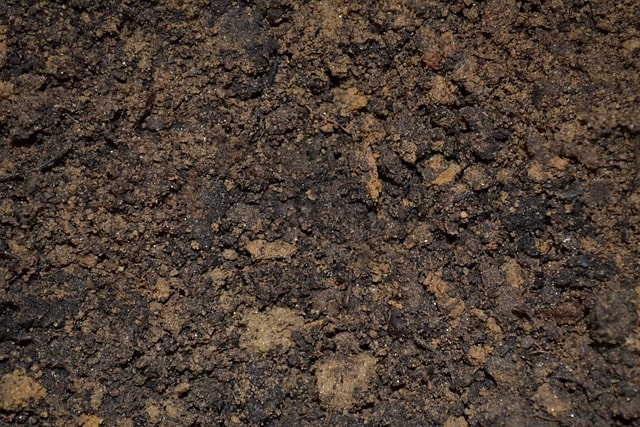
Using inappropriate soil is usually the leading cause of soil compaction in potted plants.
A common mistake of beginners is using soil from the garden for potted plants. Their rationale is that if outdoor plants can grow in this type of soil, the same will happen with potted plants.
While some potted plants may look like they are thriving even in this soil type for a period after planting, eventually, they will become more and more weakened with time.
The garden soil is not a good choice for potted plants. The soil can quickly become compacted and saturated with water and choke the roots of the plants or lead to root rot.
Never use garden soil for plants growing in containers. Instead, always use a quality potting mix.
Watch out for the products labeled as “potting soil” and “potting mix.” Although these terms are generally used interchangeably, sometimes they may mark products for different uses.
The potting soil may contain true soil and other elements like sand, clay, or loam, while the potting mix is a soilless medium and can be a mixture of peat moss, humus, perlite, earthworm castings, and other elements aimed at improving water drainage and prevent compaction.
There are many options available in terms of potting mixes, both in quality and brands. You can even create your own. The mixtures prepared at home are usually cheaper and sometimes even better from a qualitative point of view.
Ideally, the mixture should be dense but at the same time airy enough so that the plants’ roots can extend freely and ensure good water drainage and air circulation. In addition, it has to retain enough moisture without becoming sodden.
A good potting mix will already contain the needed elements to prevent soil compression.
2. Replace the soil periodically
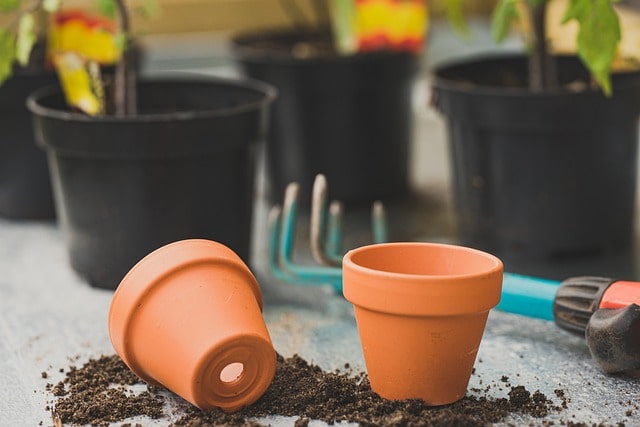
Another reason why potted plants’ soil can become compacted is that it is not changed often enough.
Even if you use a quality potting mix, it will lose its properties over time. Thus, it is necessary to replace it periodically.
There is no fixed interval for this operation. The duration that a potting mix can be considered appropriate for plant growth can vary from one brand to another, from one plant species to another, depending on the watering frequency, exposure to the sun, and other climatic conditions.
The recommended period after which you have to change the potting mix of a potted plant is typically between 1 and 2 years.
3. Avoid underwatering and overwatering
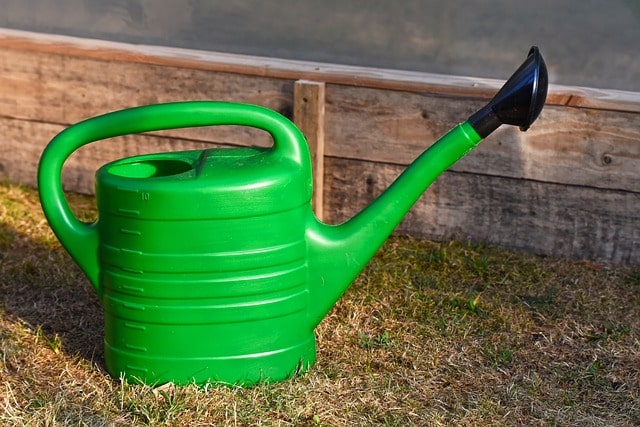
Another reason that can lead to soil compaction in the case of potted plants is overwatering or infrequent watering of the plants.
If you do not follow a watering schedule, it will not only be detrimental to the health of the plant but also to the quality of the potting mix.
Many commercial potting soils are composed largely of peat moss, which is appreciated because it retains water, does not compact fast, has a lightweight consistency suitable for plants’ root development, retains nutrients, and does not decompose quickly.
A disadvantage of peat moss is that when it dries out completely, it becomes hydrophobic. This means that it cannot retain water again without letting it soak in liquid for a while.
In case the peat moss of your plants goes dry, below are a few useful techniques from the University of California, Division of Agriculture and Natural Resources to help you with this matter.
- Submerge the whole pot in a bucket of water and hold it until the bubbling stops.
- Place the pot in a large container of water for about an hour or two, permitting the soil to gradually absorb the water through the drainage holes at the bottom.
- For large pots, you can trickle water onto the soil to slowly absorb it.
- If rain is forecast and the current season allows you, you can take the plants outside and let them in the rain for some time.
4. Add elements that prevent soil compaction
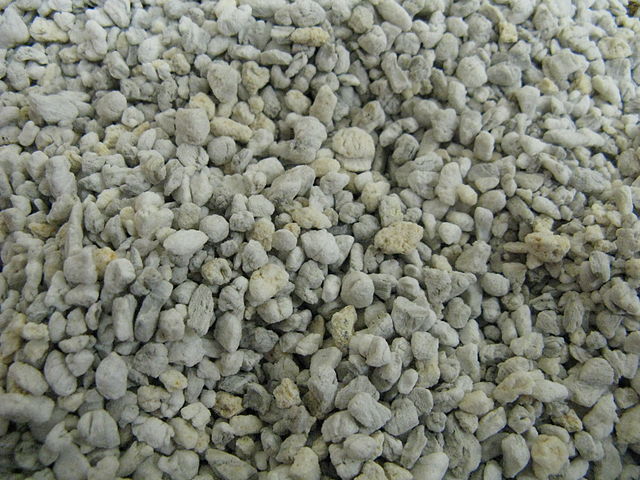
When you prefer to create your own potting mix instead of using one that’s already prepared, make sure you add elements that prevent soil compaction and aerate the soil.
Two popular ingredients you can add to your potting mix to deter soil compression and enhance root respiration are perlite and vermiculite.
Perlite is a naturally-occurring mineral rock that is commonly combined with potting soil to improve aeration, prevent soil compaction, and enhance water drainage.
Vermiculite is a mineral frequently utilized in horticulture in substrate mixtures for plants. The main attributes of this mineral include water retention, capturing fertilizers (making them accessible to the plant when needed), and also favoring root respiration.
Builder’s sand is also an alternative utilized to improve the aeration and soil density of potting soils.
Most quality potting soils will already contain components meant to prevent soil compression and improve water drainage.
5. Loosen the soil occasionally
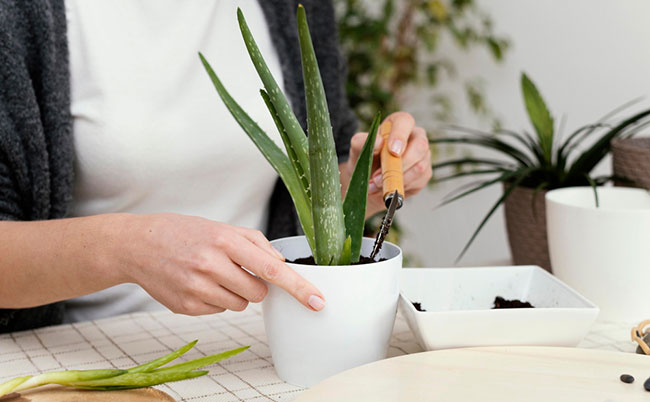
In nature, there are various natural soil looseners like various species of worms, centipedes, ants, and all kinds of insects that dig through every layer of the soil.
In indoor pots, we don’t want to have such critters that can escape the container and walk freely through our houses. Also, most of them would not survive in this medium.
Therefore, to replace the work of these ground workers, it is advisable that about once a month carefully dig the substrate, without disturbing the roots of the plant.
Don’t dig too deep and do not use tools that can hurt the roots. Instead, use something like a kitchen fork or wooden chopsticks and softly loosen the soil around the plant.
Final Word
Soil compression is a common issue in plants grown in containers. As already mentioned, the most typical cause for it is the usage of improper soil.
Any quality plant potting mix should contain components like perlite, vermiculite, or some of their alternatives, with roles in preventing soil compaction, aerating the soil to promote root development, and improving water drainage.

